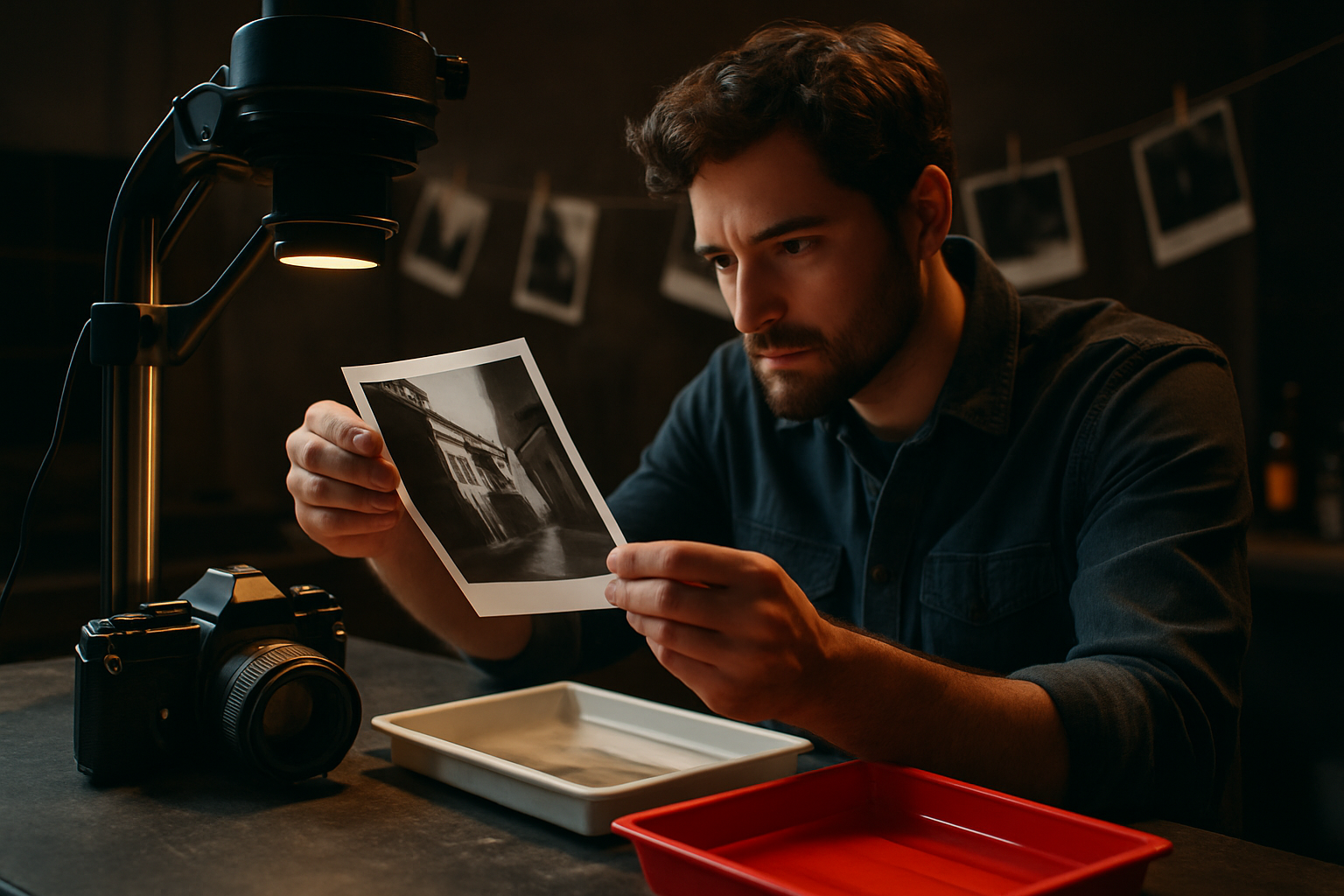The Resurgence of Analog Photography in the Digital Age
In an era dominated by smartphone cameras and instant digital gratification, a surprising trend has emerged in the world of photography. Analog photography, once considered obsolete, is experiencing a remarkable renaissance. This resurgence is not merely nostalgia-driven; it represents a profound shift in how artists and enthusiasts approach the craft of image-making. From the tactile pleasure of film to the anticipation of developing prints, analog photography offers a unique experience that resonates with both seasoned professionals and a new generation of creatives.

The Slow Photography Movement
Analog photography demands patience and mindfulness, qualities often lacking in our fast-paced digital world. The limited number of exposures on a roll of film forces photographers to be more deliberate in their compositions and timing. This slower, more thoughtful approach to image-making has given rise to the Slow Photography Movement, which emphasizes the process of creating images as much as the final result. Practitioners find that this methodical approach not only improves their technical skills but also deepens their connection to their subjects and surroundings.
Rediscovering the Darkroom
The revival of analog photography has breathed new life into darkrooms around the world. Once on the brink of extinction, these spaces are now bustling hubs of creativity and experimentation. Community darkrooms are popping up in cities, offering workshops and memberships to those eager to learn the alchemical art of developing and printing. The darkroom experience, with its red-lit ambiance and chemical scents, provides a tangible and immersive counterpoint to the often solitary act of digital editing.
The Intersection of Analog and Digital
While purists might insist on a strictly analog workflow, many contemporary photographers are finding innovative ways to blend analog and digital techniques. Film negatives are being scanned and digitally manipulated, while digital images are being printed using alternative processes like cyanotype or platinum palladium. This hybrid approach allows artists to leverage the strengths of both mediums, creating works that are both timeless and contemporary.
The Environmental Consideration
As awareness of environmental issues grows, some photographers are turning to analog methods as a more sustainable alternative to the energy-intensive processes of digital photography. While film production and chemical processing have their own environmental impacts, the longevity of analog equipment and the reduced need for constant upgrades present a compelling argument for sustainability-minded creatives. Additionally, the physical nature of film archives offers a more reliable long-term storage solution compared to the volatility of digital formats.
The Market Response
The analog photography revival has not gone unnoticed by the market. Film manufacturers, once on the brink of bankruptcy, are now struggling to keep up with demand. Kodak, Fujifilm, and smaller boutique brands are introducing new film stocks and even reviving discontinued favorites. The secondhand market for analog cameras has exploded, with prices for sought-after models reaching unprecedented heights. This economic resurgence has also spurred innovation, with new companies emerging to fill niches in the analog ecosystem, from specialty film developers to bespoke camera accessories.
Educational Impact
Photography schools and art institutions are responding to the renewed interest in analog techniques by reintroducing film-based courses and expanding their darkroom facilities. This educational shift is not just about preserving historical techniques; it’s about providing students with a comprehensive understanding of image-making principles that transcend specific technologies. Many educators argue that working with film deepens students’ understanding of fundamental concepts like exposure, composition, and the properties of light in ways that are harder to grasp in an all-digital environment.
The Future of Analog in a Digital World
As the analog photography movement continues to gain momentum, questions arise about its long-term viability and place in the broader photographic landscape. Will it remain a niche interest for enthusiasts and fine artists, or could it regain a significant share of the consumer market? The answers likely lie in the ongoing dialogue between tradition and innovation. As digital technology continues to evolve, the unique qualities of analog photography—its tactile nature, its embrace of chance and imperfection, and its ability to slow down the creative process—may become even more valued.
In conclusion, the resurgence of analog photography represents more than just a nostalgic trend. It reflects a deeper desire for authenticity, craftsmanship, and mindful creation in an increasingly digital world. As photographers both amateur and professional rediscover the joys and challenges of film, they are not just preserving a historical art form but reimagining its place in contemporary visual culture. The analog revival serves as a poignant reminder that in the pursuit of technological progress, we must not lose sight of the fundamental human experiences that make art meaningful and enduring.





